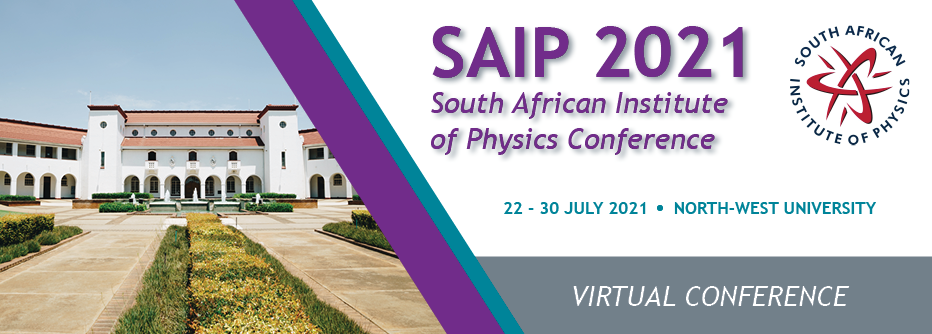Speaker
Description
Light affords a convenient avenue for transmitting, encoding, computing and filtering information where structuring the spatial degree of freedom allows us to perform operations at the speed of light and transfer a large range of information simultaneously in both the classical and quantum realms of physics. For example, exploiting the spatial structure of light provides a notable increase in the rate of transmission in both free-space and optical fiber transmissions. Applying this to photons also extends quantum protocols, entangling experiments into multidimensionality.
Accordingly, these schemes rely on the ability to detect and distinguish the structures holding the information encoded. Hermite-Gaussian (HG) or Laguerre-Gaussian (LG) modes are two examples of spatial modes that form an orthogonal basis and thus allows one to identify, extract and thus retrieve the entirety of the states being carried by the beam by projecting onto the individual states.
Traditionally, this is done by unitary transformations whereby the light is passed through linear elements such as a spatial light modulator. Here we demonstrate that this idea is not confined to this, but can also be extended into the non-linear regime by utilizing sum-frequency generation (SFG). By co-linearly directing the beam one would like to analyze into a χ^2 crystal with another beam carrying the basis mode one would like to project onto, one can detect the associated information in the resulting color-converted or SFG beam due to the conservation of momentum. Not only is non-linear optics shown to be a viable method for detecting spatial structures, changing the color of the light being detected offers additional flexibility in the detection hardware required as well as encryption schemes, such as high dimensional teleportation.
Apply to be considered for a student ; award (Yes / No)?
Yes
Level for award;(Hons, MSc, PhD, N/A)?
PhD

